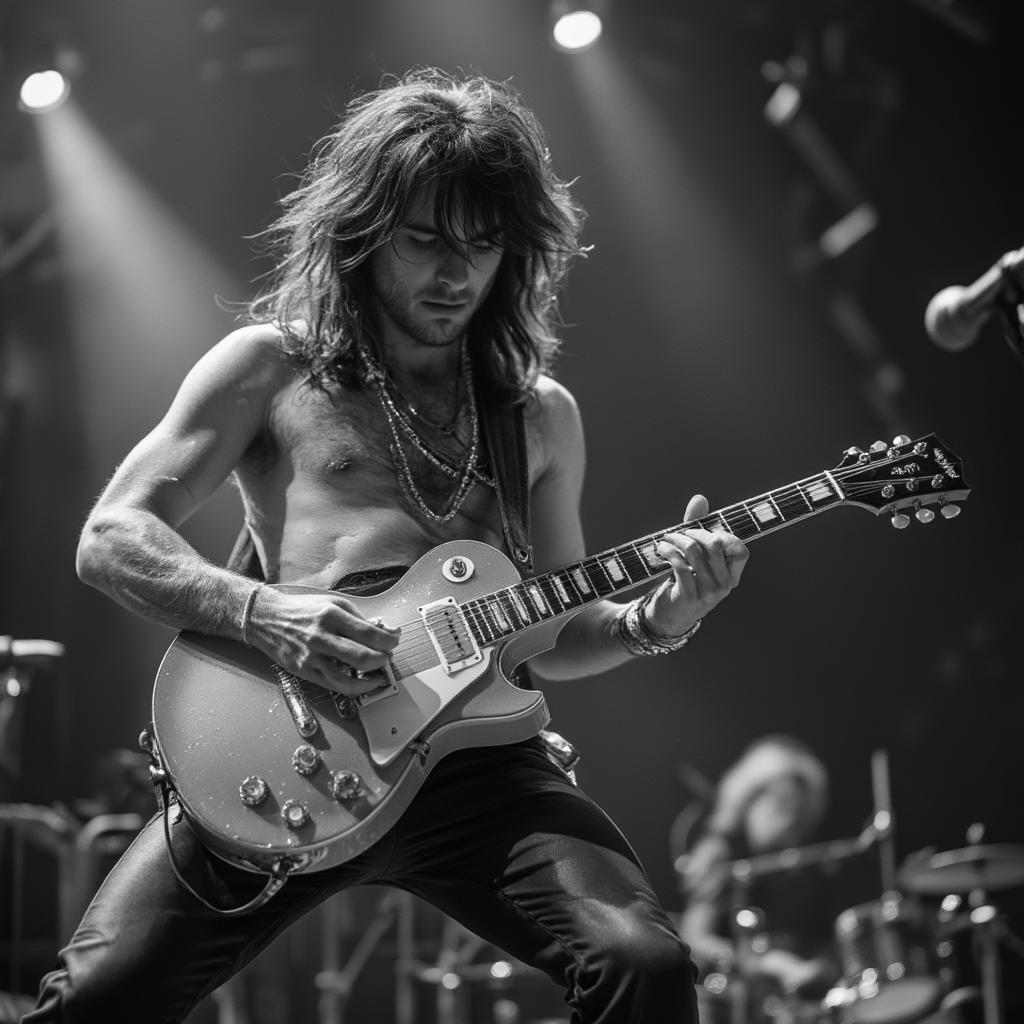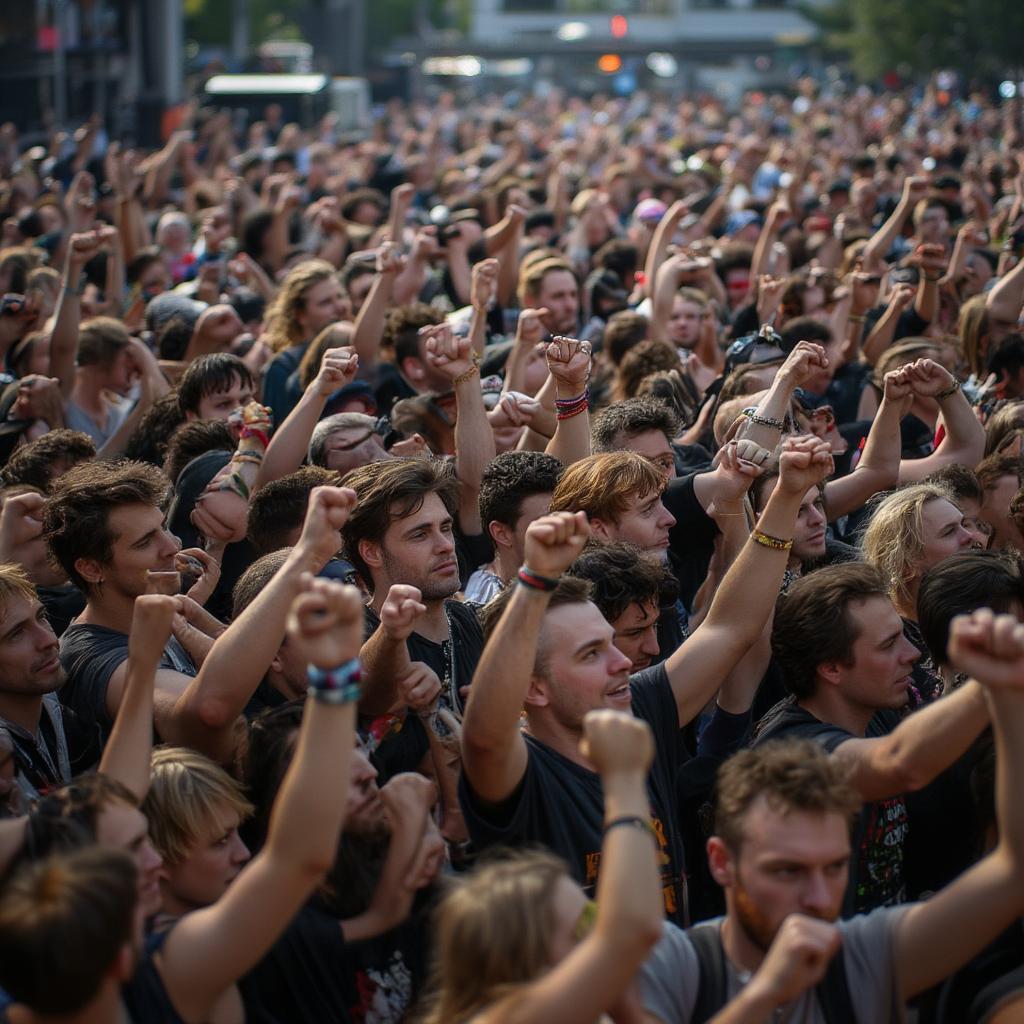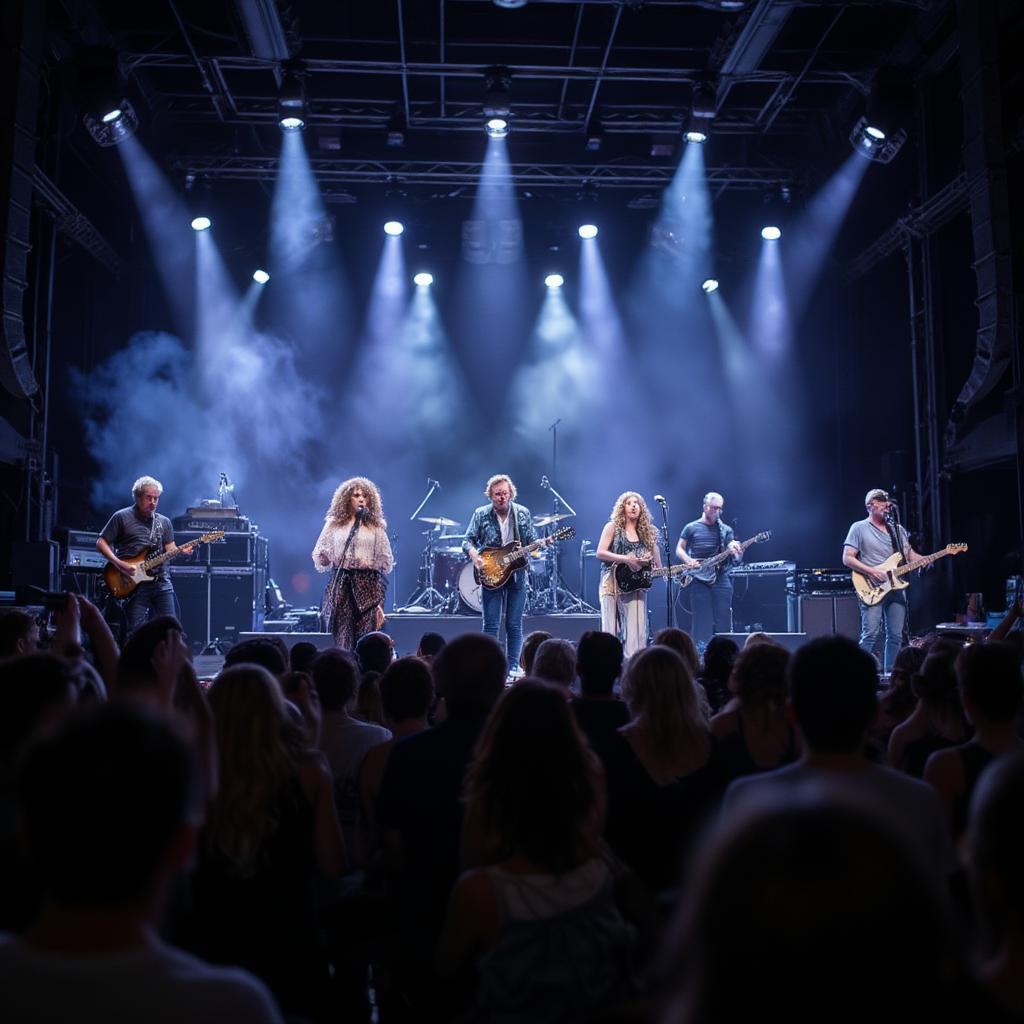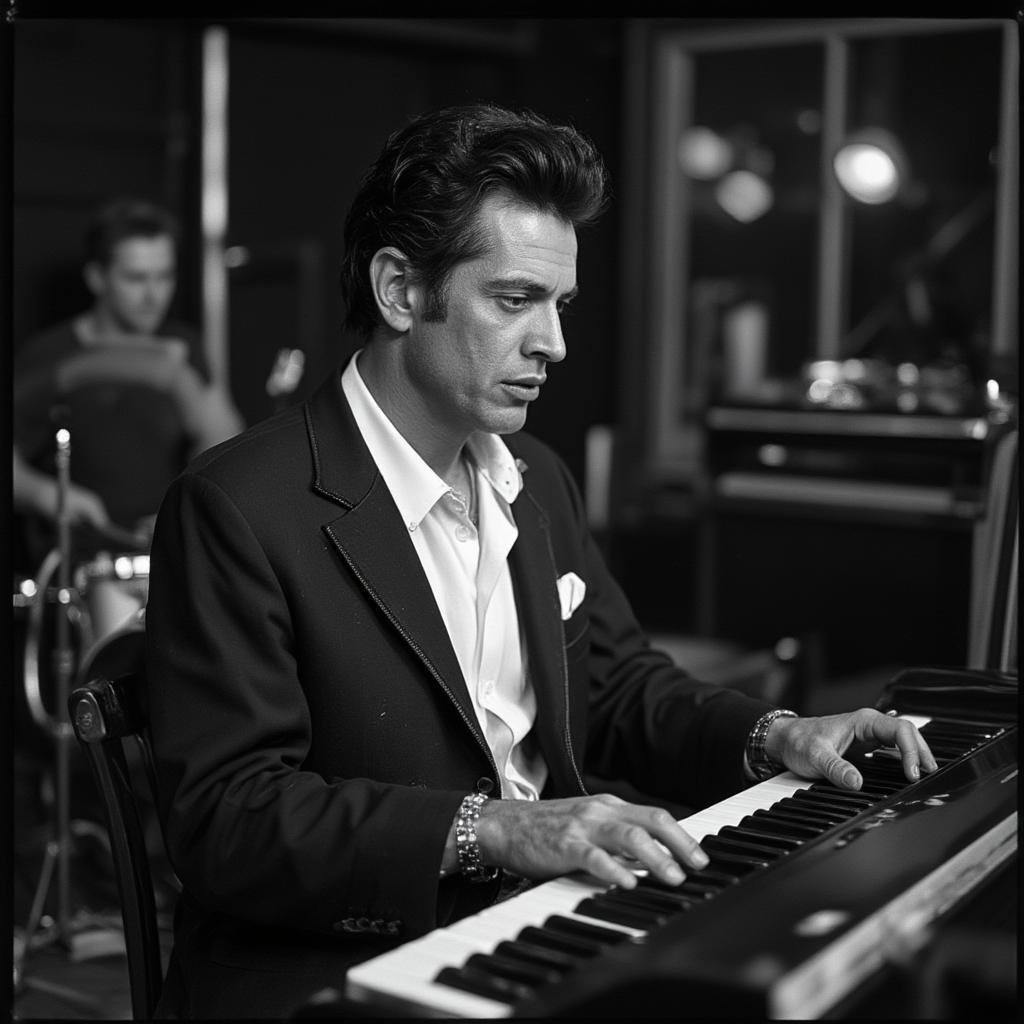Skate Punk: The Raucous Rebellion of Music and Motion
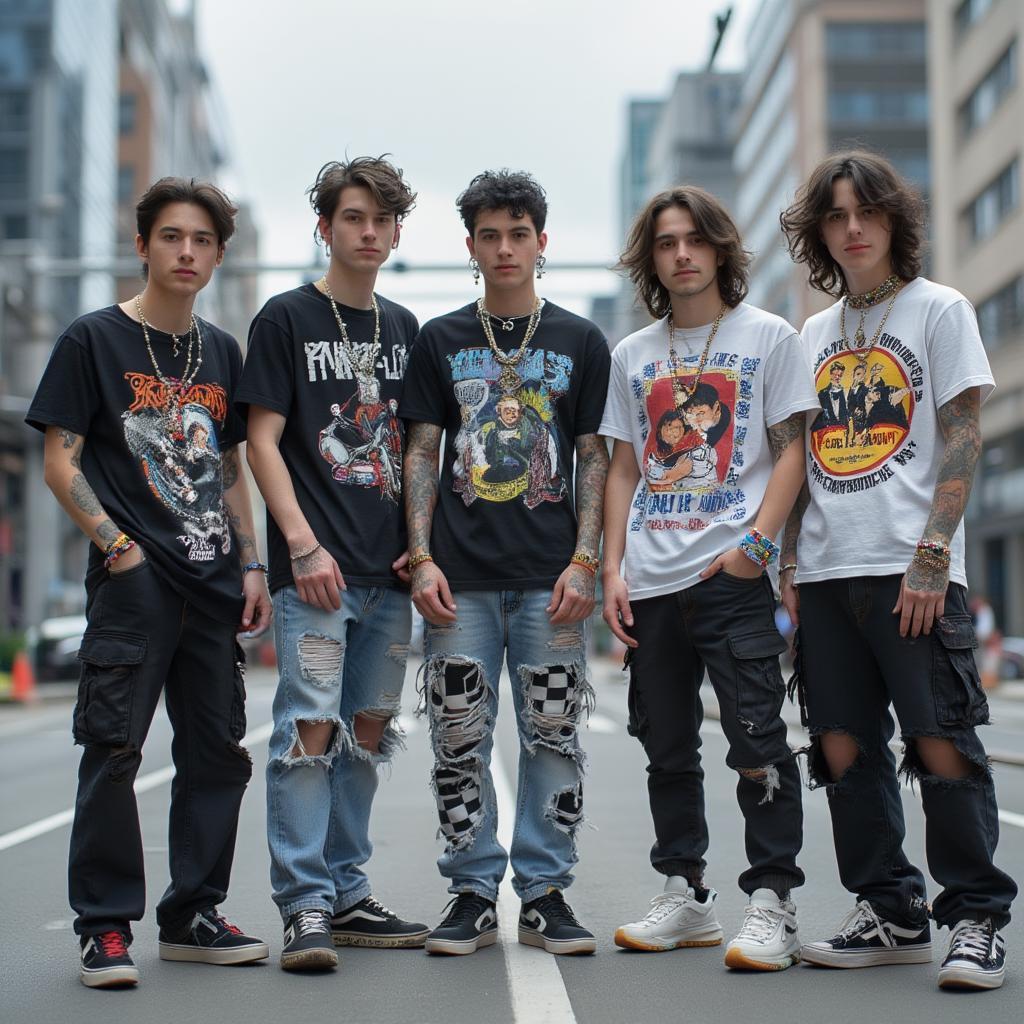
Skate Punk, a vibrant fusion of hardcore punk’s raw energy and skateboarding’s rebellious spirit, has carved a unique niche in the music world. It’s more than just a genre; it’s a culture, a lifestyle, and a soundtrack to countless hours spent shredding pavement and defying convention. This article will delve into the heart of skate punk, exploring its origins, defining characteristics, key figures, and enduring impact.
What Exactly is Skate Punk? Unpacking the Definition
Skate punk, at its core, is a subgenre of punk rock that emerged in the early 1980s, closely linked to the skateboarding scene. The music is characterized by fast tempos, aggressive guitar riffs, shouted vocals, and a generally defiant attitude. But it’s not just about speed and volume; it’s about an ethos – a DIY spirit, a rejection of mainstream values, and a deep connection to the skateboarding community. The lyrics often reflect the experiences of skaters – the highs of landing a new trick, the frustration of injuries, and the camaraderie of the skatepark.
The Roots of Skate Punk: Tracing Back to Hardcore and Skate Culture
To fully understand skate punk, we need to examine its two primary influences: hardcore punk and skateboarding. Hardcore punk, with its fast, aggressive sound and anti-establishment stance, provided the musical foundation. Bands like Black Flag, Minor Threat, and the Circle Jerks were instrumental in shaping the sound and ethos of the genre. Simultaneously, skateboarding was experiencing a cultural explosion, transitioning from a casual pastime to a full-fledged lifestyle. Skaters needed a soundtrack that matched their energy and attitude, and that’s where skate punk stepped in. The intersection of these two scenes created a powerful and unique subculture, one where music and skateboarding became inextricably linked.
Defining Elements of Skate Punk: Sounds, Themes, and More
What exactly sets skate punk apart from other subgenres of punk? Several key elements contribute to its unique identity:
- Speed and Energy: Skate punk is known for its blistering tempos and high-energy performances. The music is meant to be felt physically, driving the adrenaline rush of a fast-paced skate session.
- Raw and Unpolished Sound: Unlike some polished punk subgenres, skate punk often retains a raw, unpolished sound, reflecting the DIY ethos of the scene.
- Lyrical Themes: Lyrics often touch on themes of skateboarding, social alienation, rebellion, and the struggles of teenage life. They often capture the experiences of frustration, freedom, and community within the skate scene.
- Melodic Hooks: While aggression is paramount, skate punk often incorporates catchy melodic hooks, making it both energetic and accessible. This balance of aggression and melody is a defining feature of the genre.
- DIY Ethos: Skate punk bands often embrace a DIY approach, handling everything from recording and promotion to tour booking themselves.
- Skateboarding Connection: The most distinguishing characteristic is the inextricable link to skateboarding. The music is often played at skate parks, during skate sessions, and in skate videos.
Key Bands and Pioneers of the Skate Punk Scene
Several bands have been instrumental in shaping and defining the skate punk genre. Here are some of the most influential acts:
- Suicidal Tendencies: Arguably one of the most iconic skate punk bands, Suicidal Tendencies blended hardcore punk aggression with elements of thrash metal and funk, appealing to both skaters and metalheads.
- The Bones Brigade: Led by skateboarding legend Tony Hawk, this supergroup produced a sound that was as dynamic as their skateboarding skills. Their music, though short-lived, left a profound mark on the skate punk scene.
- NOFX: Known for their fast-paced songs, witty lyrics, and anti-establishment views, NOFX became a cornerstone of the skate punk movement. They also popularized the ska-punk subgenre.
- Bad Religion: With their intellectual lyrics, driving rhythms, and strong melodies, Bad Religion expanded the boundaries of skate punk, appealing to a wider audience.
- Lagwagon: Lagwagon’s technical skill and melodic sensibility set them apart, making them one of the most respected bands in the skate punk scene.
- Millencolin: These Swedish skate punkers are known for their catchy hooks, fast tempos, and incredible technicality, further developing the sound of the genre.
These bands, among many others, have contributed to the rich tapestry of skate punk. They all embody the DIY spirit and rebellious attitude that defines the genre.
“The raw energy and rebellious spirit of skate punk perfectly mirror the feeling of pushing your limits on a skateboard,” explains renowned music historian, Dr. Eleanor Vance. “It’s a fusion of two countercultures, creating a unique and powerful artistic expression.”
The Evolution of Skate Punk: From the 80s to Today
The skate punk genre has evolved significantly since its inception. The raw, hardcore-influenced sound of the early days has gradually given way to a more melodic and technically proficient style. However, the core values of the genre – speed, energy, rebellion, and a connection to skateboarding – remain constant.
The 80s: The Birth of a Movement
The 1980s were the formative years for skate punk, with bands like Suicidal Tendencies and the Bones Brigade leading the charge. The music was raw, aggressive, and perfectly suited to the burgeoning skate scene. This decade laid the foundation for everything that followed.
The 90s: Mainstream Exposure and Growth
The 1990s saw skate punk experience a surge in popularity, thanks to the success of bands like NOFX, Green Day, and The Offspring. Skateboarding also became more mainstream, further boosting the genre’s exposure. This era was characterized by a more melodic approach and slicker production.
The 2000s and Beyond: Continuing the Legacy
While mainstream attention may have waned slightly in the 2000s, skate punk continues to thrive, with new bands emerging regularly, keeping the spirit alive. The genre’s core values remain relevant, and its appeal endures among new generations of skaters and music fans alike. The internet and social media have also facilitated the genre’s reach, allowing bands to connect with fans and share their music.
“Skate punk is not just about the music,” shares accomplished skateboarding coach, Jake “Shred” Henderson. “It’s about the community, the freedom, and the shared experience of skating and listening to this raw, powerful sound.”
Skate Punk’s Impact on Music and Culture
The impact of skate punk extends far beyond the skatepark. It has influenced numerous subgenres, helped to popularize DIY ethics, and provided a voice for marginalized youth. Here’s how:
- DIY Culture: Skate punk embodies the DIY ethic. Bands often handle everything themselves, from recording and promotion to tour booking, showing that artists can succeed without relying on mainstream labels.
- Counterculture Voice: Skate punk provides a voice for those who feel marginalized, addressing issues of social alienation, rebellion, and identity, resonating with many young people.
- Influence on Other Genres: The genre’s fast tempos and aggressive sounds have influenced other music styles, including pop-punk, hardcore, and even some forms of metal.
- Visual Identity: Skate punk’s visual identity, which often incorporates skateboarding graphics and punk rock aesthetics, has had a lasting impact on fashion and art.
- Community Building: The music has played a central role in creating a community of skaters and fans, fostering bonds of shared experience and mutual support.

How To Find More Skate Punk Music and Events
Are you ready to dive into the world of skate punk? Here are some tips on how to find more music and events:
- Online Streaming Platforms: Use Spotify, Apple Music, or other streaming services to explore skate punk playlists. Search for specific bands mentioned in this article or related terms like “fast punk” or “melodic hardcore.”
- Social Media: Follow skate punk bands and labels on Instagram, Facebook, and Twitter. These platforms often announce tour dates, new releases, and other relevant updates.
- Local Music Venues: Check local music venues for upcoming shows featuring skate punk bands. Smaller clubs and bars are often the best places to find emerging talent.
- Skate Shops and Skate Parks: Often skate shops and skate parks will have flyers or posters for shows, they are great place to connect with the scene and keep up to date.
- Online Communities: Look for online forums and groups related to skate punk. Connect with other fans to share music and find new bands.
Conclusion: The Enduring Legacy of Skate Punk
Skate punk, the powerful fusion of hardcore punk and skateboarding, has a unique and enduring legacy. It’s more than just music; it’s a culture, a community, and a testament to the power of counterculture. From the raw, aggressive sounds of the 80s to the more melodic and technically proficient styles of today, skate punk continues to inspire and energize. The DIY ethos, rebellious attitude, and deep connection to skateboarding remain at the core of the genre, ensuring its relevance for generations to come. If you’re looking for a sound that’s both raw and exhilarating, then dive into the world of skate punk.
Frequently Asked Questions about Skate Punk
Here are some common questions about skate punk to help you further understand the genre:
- What is the main difference between skate punk and other types of punk rock? Skate punk is specifically tied to the skateboarding subculture, with lyrical themes and attitudes reflecting the experiences of skaters. It often has faster tempos and more melodic hooks than other punk subgenres.
- Who are some of the most influential skate punk bands? Suicidal Tendencies, NOFX, Bad Religion, Lagwagon, and Millencolin are considered some of the most influential bands within the skate punk genre.
- What are the common lyrical themes in skate punk? Common lyrical themes include skateboarding, social alienation, rebellion, teenage angst, and the struggles of everyday life.
- Is skate punk still popular? While it may not be as mainstream as it was in the 90s, skate punk continues to have a dedicated following, with new bands emerging regularly, and the internet aiding in discoverability.
- How can I find skate punk events in my area? Check local music venues, follow bands and labels on social media, and visit skate shops or parks for flyers and local event announcements.
- What is the DIY ethic in skate punk? The DIY ethic in skate punk refers to the bands taking control of recording, promotion, and touring, often without relying on record labels or management, showcasing an independent spirit.
- What is the connection between skateboarding and skate punk? Skate punk is directly linked to the skateboarding scene; the music is often the soundtrack to skate sessions and skate videos, embodying a shared culture of rebellion and self-expression.
- Why is the speed of skate punk so important to the genre? The fast pace in skate punk mirrors the speed and energy of skateboarding. It is an intentional reflection to make sure the music matches the adrenaline that a skater might feel.
- Are there any subgenres of skate punk? Yes, one prominent subgenre is ska-punk which blends ska rhythms and horns with the fast tempo of skate punk music.

